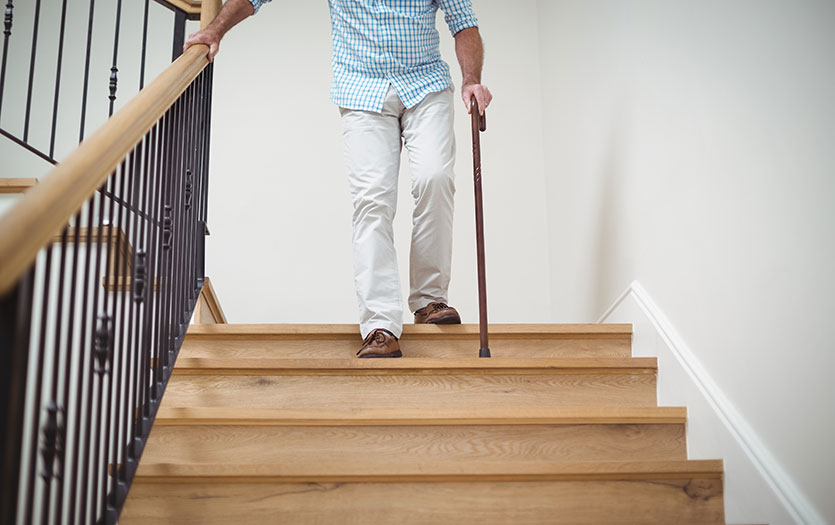
This post was written by Ashley M. Bojrab, DPM, FACFAS, ABPM, PPG – Podiatry.
Summer is here and so is warm weather. Despite these high temperatures, wearing shoes and socks is the best way to protect your feet. However, during the summer, our feet can get very hot and sweaty inside all those layers making it easier to develop athlete’s foot or tinea pedis. This is a skin infection caused by a fungus that likes to live in dark, moist warm environments like our shoes. It’s the perfect place for Athlete’s foot to grow during those warmer summer months.
Other places athlete’s foot can thrive
Other damper areas such as swimming pools, locker rooms and showers are all places where fungus loves to thrive. This is where the term "athlete's foot" comes from because it often lives in the common areas that athletes use. While this infection can affect anyone it’s often prone to individuals whose feet tend to be damp and sweaty, which is often the case with athletes.
Signs and symptoms of athlete’s foot
The signs and symptoms associated with athlete's foot are dry, flakey and itchy skin. In some severe cases, there could be redness, cracks, pustules or blisters. If the blisters or pustules open, there is a chance for bacteria to get into the wound, resulting in both a bacterial and fungal infection. Unfortunately, this can even spread to the toenails.
Prevention is key
The best way to take care of your feet is prevention.
- Barefoot isn’t best: Never walk barefoot in common areas such as bathrooms, locker rooms or swimming pools.
- Say yes to socks: Always wear socks with your shoe gear.
- Proper foot hygiene: Be sure to wash your feet and between your toes daily with soap and water. Remember to dry them thoroughly before putting on clean socks. This will help prevent any feet related issues.
- Keep them clean and dry: Always keep your feet clean and dry, but if you do have sweaty feet it’s important to change your socks to keep them dry.
If you should contract this pesky fungus a topical treatment can be used, but before you start applying, please discuss your symptoms with a foot and ankle specialist. They can make recommendations that are specific to your situation.



